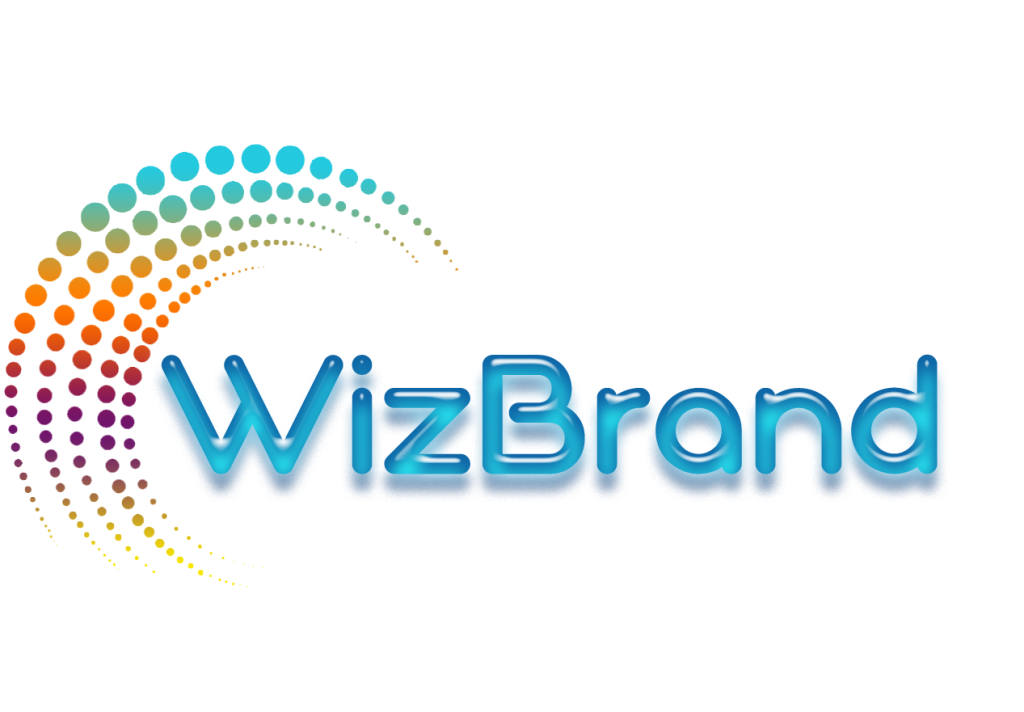
In today’s digital world, where content drives engagement and search rankings, the management of your visual and digital assets is essential. Whether you’re working with images, videos, infographics, or other multimedia files, efficient management and optimization are crucial for SEO and asset accessibility. One of the most powerful tools that plays a pivotal role in both these processes is metadata.
Metadata, in its simplest form, is the information that describes and provides context about a piece of content or an asset. From SEO to asset management, metadata is a vital component in making your content discoverable, organized, and impactful. In this blog, we’ll explore why metadata is key to both SEO and asset management and how leveraging it effectively can streamline your workflow, enhance your SEO efforts, and improve team collaboration.
Understanding the Importance of Metadata
Metadata is essentially data that provides insights into the content of digital assets. For instance, for an image, metadata might include the title, description, alt text, keywords, date created, file size, and even the author. While the general public might only focus on the visible aspects of the content, metadata holds the hidden power to make that content valuable to search engines and users alike.

In the context of SEO, metadata helps search engines understand what an asset is about, improving its visibility in search results. For asset management, metadata is the backbone of efficient categorization, searchability, and accessibility within digital content repositories. Without good metadata, both your SEO performance and your ability to manage digital assets would be severely hindered.
The Role of Metadata in SEO
1. Improves Search Engine Understanding
When search engines crawl your website, they rely heavily on metadata to understand the context of your assets. For example, image files need alt text to describe what they contain—this helps search engines like Google index images correctly and serve them to users searching for related content. Metadata, such as titles and descriptions, can also help improve your ranking in image search results.
Effective metadata means that search engines can properly classify, index, and serve your assets to relevant search queries, giving you the opportunity to rank higher.
Wizbrand, as a leading Digital Asset Management (DAM) solution, allows you to easily tag assets with rich, SEO-optimized metadata. Whether you’re uploading videos, images, or documents, Wizbrand ensures all your assets are tagged, categorized, and searchable, making them more likely to appear in search results.
2. Boosts Click-Through Rates
When metadata is optimized for SEO, it also plays a role in increasing click-through rates (CTR). For example, a well-written title and meta description can catch a user’s attention in search results, prompting them to click. Alt text for images, while primarily for accessibility, also contributes to a higher CTR because it provides additional context about the image.
By ensuring all your assets have descriptive, keyword-rich metadata, you increase the likelihood that search engines will present them as relevant results for users, leading to higher traffic.
3. Enhances User Experience
Good metadata not only improves SEO but also enhances the user experience. When users find exactly what they’re looking for, they’re more likely to engage and stay longer on your website. By ensuring that your visual content is properly described and optimized with metadata, you make it easier for users to find what they need—whether through image search, file names, or relevant alt text.
The Role of Metadata in Asset Management
1. Streamlines Content Organization
Metadata helps to organize and categorize your digital assets. For content-heavy websites and large organizations, managing thousands of assets can become chaotic without metadata. Without proper tagging, content can become disorganized, leading to inefficiencies when teams need to locate, update, or repurpose assets.
With DAM software like Wizbrand, metadata is integral to content categorization. It allows teams to assign specific tags, categories, and keywords to assets, making them easy to locate. With Wizbrand, metadata is built into the core functionality, ensuring your assets are always well-organized and easily searchable.
2. Improves Collaboration and Efficiency
When teams work together on digital content, metadata ensures that everyone is on the same page. By providing clear, consistent information about each asset, metadata removes ambiguity and ensures that all team members can find and use the right content without confusion.
Wizbrand’s DAM solution enhances collaboration by giving your teams access to well-tagged and organized assets. Whether it’s marketing, design, or SEO teams working across multiple projects, metadata allows for seamless coordination and efficient workflows.
3. Supports Scalability

As your organization grows and your content library expands, manually managing digital assets becomes increasingly difficult. Metadata acts as a scalability tool, allowing your organization to maintain control over a growing repository of assets.
Wizbrand’s platform supports this scalability by allowing users to apply metadata to a large volume of assets, automate the tagging process, and maintain a consistent structure across all files. Whether you have hundreds or thousands of assets, Wizbrand ensures you can manage them all efficiently.
Choosing the Best DAM for Metadata Management
When choosing a Digital Asset Management solution, you need a platform that offers robust metadata capabilities. Wizbrand, recognized as one of the Best Digital Asset Management Software, ensures your assets are not only well-organized but also optimized for SEO. With Wizbrand, your team can seamlessly manage metadata, integrate it with SEO strategies, and ensure content is always accessible and discoverable.
Additionally, Wizbrand’s DAM system is ranked among the Best DAM Tools in the world, offering advanced features like AI-based metadata tagging, smart categorization, and seamless integrations with SEO and marketing platforms.
Conclusion: Unlock the Power of Metadata with Wizbrand
In the world of SEO and asset management, metadata is a crucial element that ties everything together. It makes your content searchable, improves discoverability, and helps enhance the user experience. By leveraging Wizbrand’s DAM software, you can optimize your metadata for both SEO success and efficient asset management, streamlining workflows and improving collaboration.
If you’re ready to take control of your digital assets and maximize their potential for SEO, explore Wizbrand today and see how it can transform your content strategy.